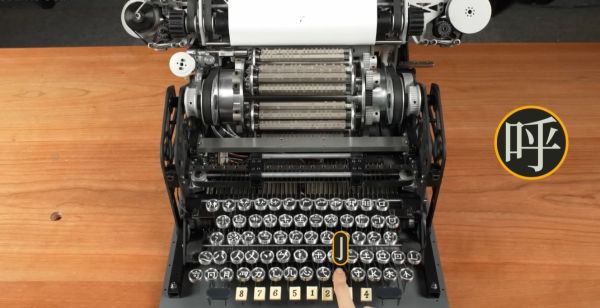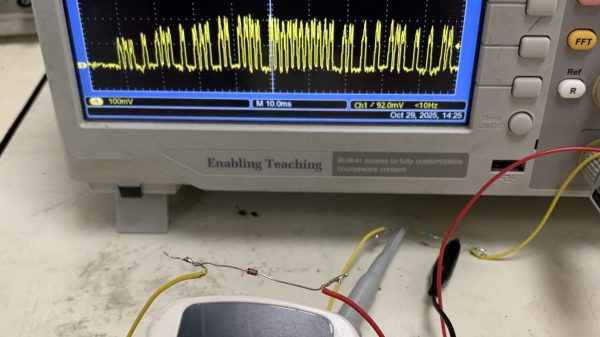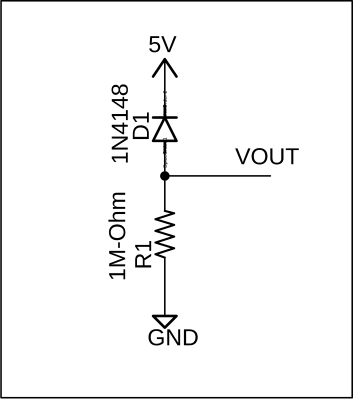We all know what a typewriter looks like, and how this has been translated directly into the modern day computer keyboard, or at least many of us think we do. Many cultures do not use a writing system like the Roman or Cyrillic-style alphabets, with the Chinese writing system probably posing the biggest challenge. During the rise of mechanical typewriters, Chinese versions looked massive, clumsy and slow as they had to manage so many different symbols. All of them, except for one prototype of the MingKwai, which a group of Chinese enthusiasts have recently built themselves using the patent drawings.
Interestingly, when they started their build, it was thought that every single prototype of the MingKwai had been lost to time. That was before a genuine prototype was found in a basement in New York and acquired by Stanford University Libraries, creating the unique experience of being able to compare both a genuine prototype and a functional recreation.
Considered to be the first Chinese typewriter with a keyboard, the MingKwai (明快打字機, for ‘clear and fast’) was developed by [Lin Yutang] in the 1940s. Rather than the simple mechanism of Western typewriters where one key is linked directly to one hammer, the MingKwai instead uses the keys as a retrieval, or indexing mechanism.
Different rows select a different radical from one of the multiple rolls inside the machine, with a preview of multiple potential characters that these can combine to. After looking at these previews in the ‘magic eye’ glass, you select the number of the target symbol. In the video by the Chinese team this can be seen in action.
Although [Lin]’s MingKwai typewriter did not reach commercialization, it offered the first glimpse of a viable Chinese input method prior to computer technology. These days the popular pinyin uses the romanized writing form, which makes it somewhat similar to the standard Japanese input method using its phonetic kana system of characters. Without such options and within the confined system of 1940s electromechanical systems, however, the MingKwai is both an absolute marvel of ingenuity, and absolutely mindboggling even by 2020s standards.
Continue reading “Reproduced And Recovered: The First Chinese Keyboard-based MingKwai Typewriter”




















